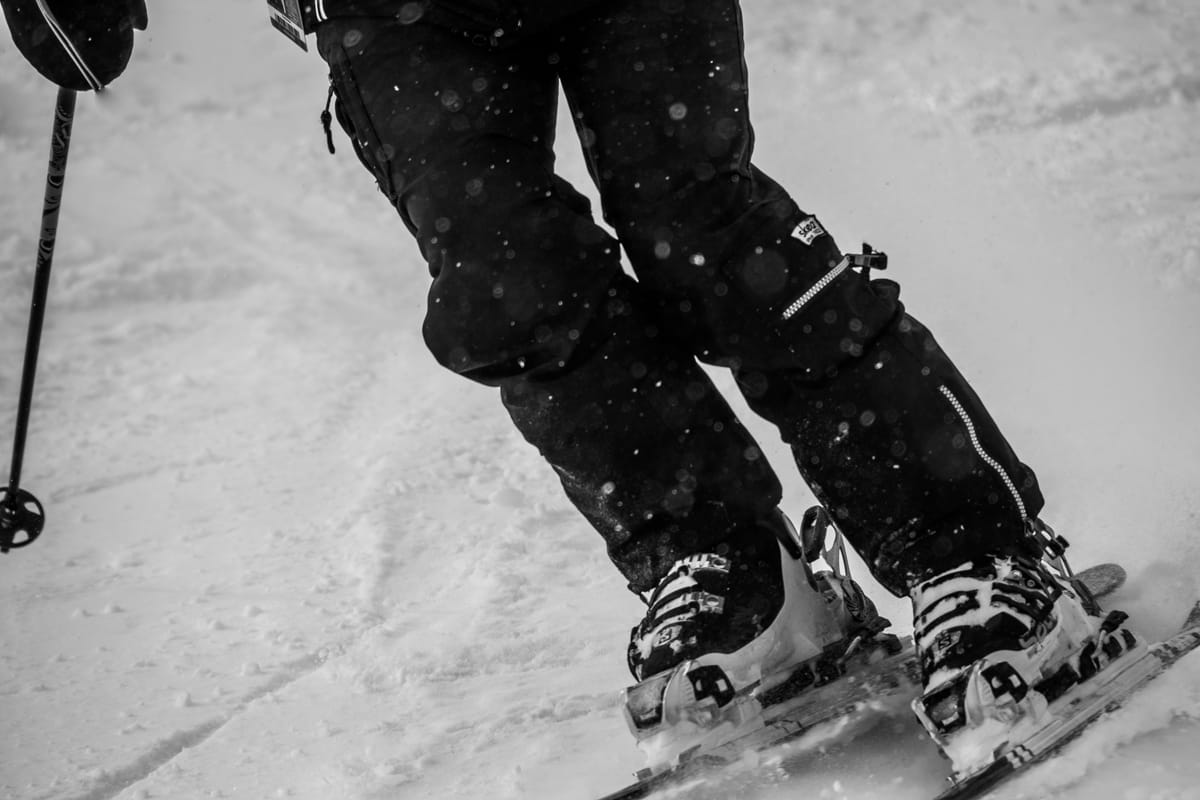acl tear
Tips for preventing snow sports injuries

Andrew L. Rosen, MD

Although the return of cold weather for the winter season is often a source of dread, these low temperatures do mark an opportunity to return to the slopes for many of us. Ski season is here and unfortunately, we do treat a multitude of skiers and snowboarders each year. Here are some tips to try and avoid the need for medical treatment on or after the ski slope (especially the much-dreaded trip down the mountain in a ski patrol sled!)
Build strong legs, improve overall fitness
Snow sports require different muscles than summer activities. Spending the time to build strong quadriceps can make a big difference for improving ability and reducing the risk of knee injuries. Squats, lunges, box jumps, stair climbers are common methods used to get legs ready for the slope. Building core strength with abdominal and back exercises can help to keep you more stable on a ski slope and should be a big part of a ‘pre-hab’ program to get ready.
Check ski bindings and tune skis regularly
Getting your ski edges sharpened each year (or even more frequently) can improve stability drastically, especially on the icy conditions we can often get on the East Coast mountains. Binding pressure can change as well and having the bindings re-adjusted for boots can prevent skis from accidentally releasing or failing to release in a fall. Many tears of the anterior cruciate ligament (ACL) in the knee occur when a skier falls and the binding fails to release. Even low speed injuries can create these often surgically-treated injuries.
Wear a helmet
It has been well-established that the use of helmets in snow sports has dramatically decreased the number of skull fractures, fatalities from head injuries and scalp lacerations. Helmets are generally inexpensive ways to avoid many of the most catastrophic injuries on the slopes. Over 80% of all skiers/riders wear helmets regularly. The remaining few holdouts certainly look rather foolish and archaic in the lift lines!
Stay hydrated
These alpine activities are true ‘sports’ and are no different than other sports that generate loss of fluids which can affect the body. Dehydration can affect muscles in ways that promote muscular fatigue, injuries (pulled muscles) and decrease performance. At high-altitude mountains it can also promote symptoms of ‘altitude sickness’ which can be uncomfortable or even serious. Taking the time to hydrate (rest stops, hydration packs or bottles) is well worth the effort to improve performance and avoid injury.
Avoid pole straps
When a skier falls with the pole strap looped around the wrist, it forces the thumb into a position that can tear an important ligament. ‘Skier’s thumb’ or ‘Gamekeeper’s thumb’. These injuries can be painful and even require surgery if they are severe. By keeping the poles straps off of the wrists, the ligament injury can be avoided in most cases. Although a dropped pole in a fall can be an annoyance, it’s much preferable to an injury that could even require surgery!
Avoid the too common ‘last run of the day’ injuries
It’s a well-established ski-patrol fact that there is a significantly increased rate of injuries that occur towards the end of the day. This ‘last run’ injury phenomenon is likely the combination of poor lighting (flat light), icier ski conditions and generalized fatigue from a day of hard activity. Always keep this fact in mind at the end of the day and keep the runs less challenging and be more vigilant to stay in good control.
Alpine sports can be a fantastic way to get out and enjoy the winter but even with the best intentions, injuries can occur. A little care and training at the beginning of the season can go a long way to keep the sports safe!